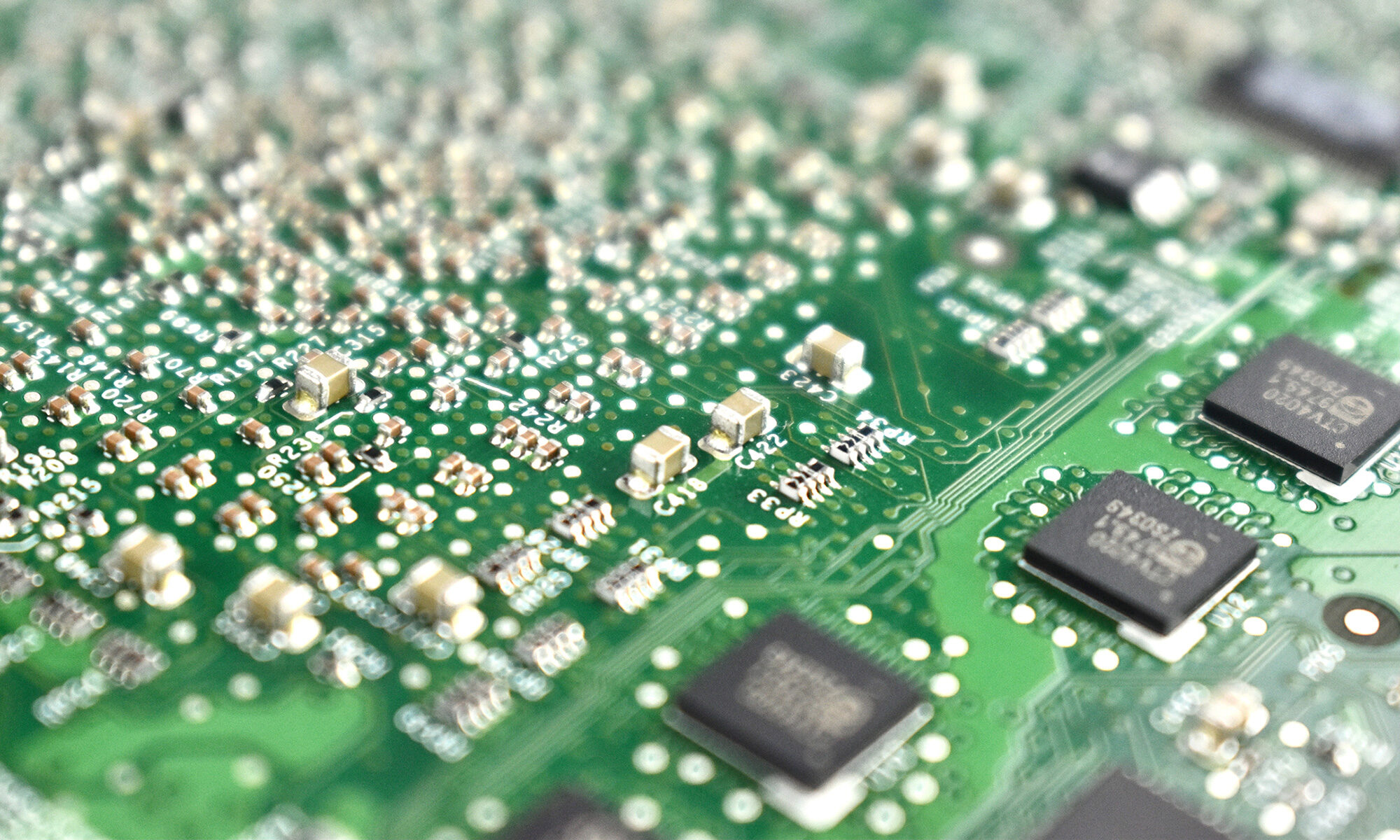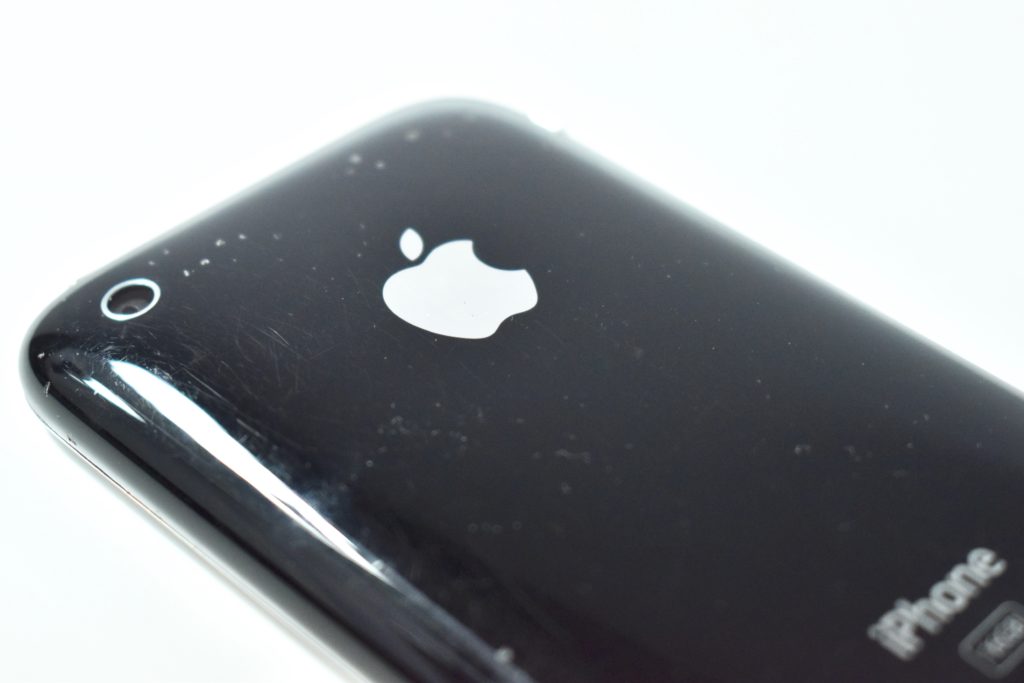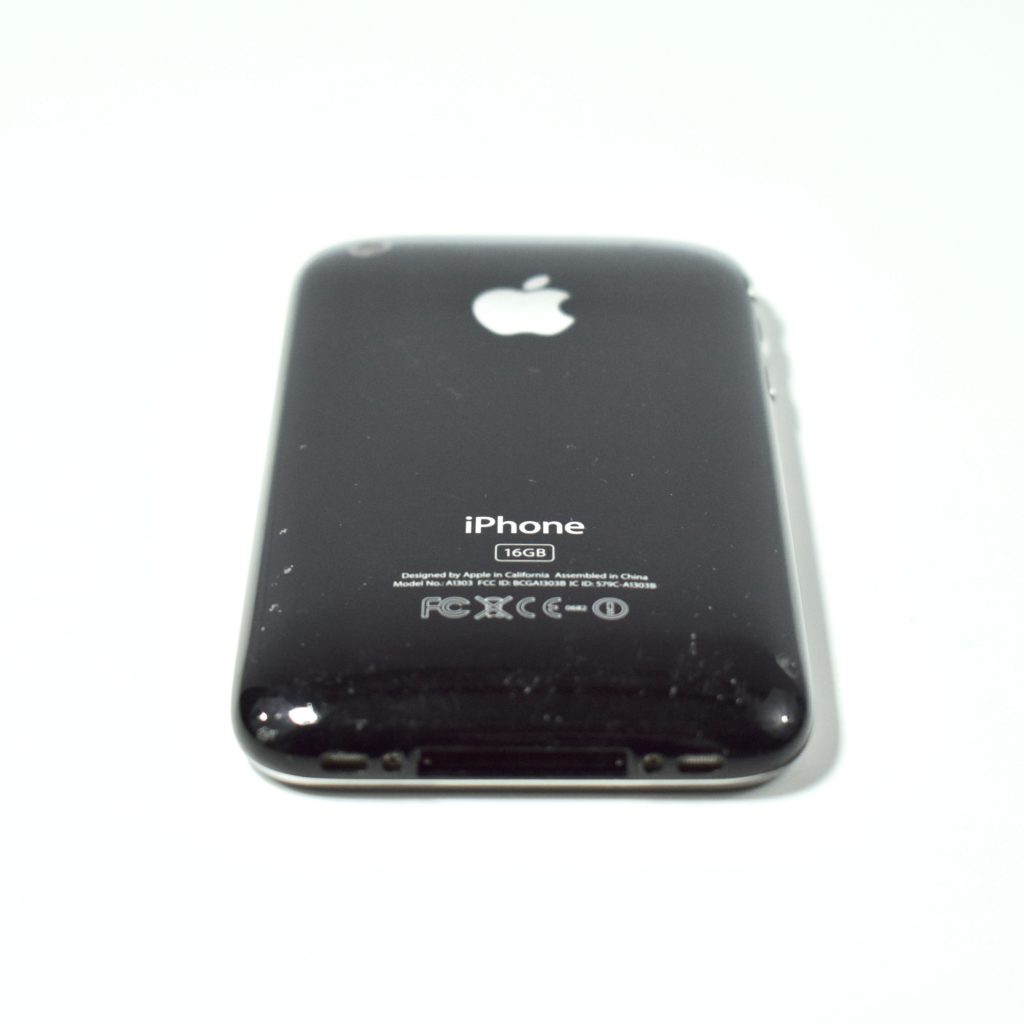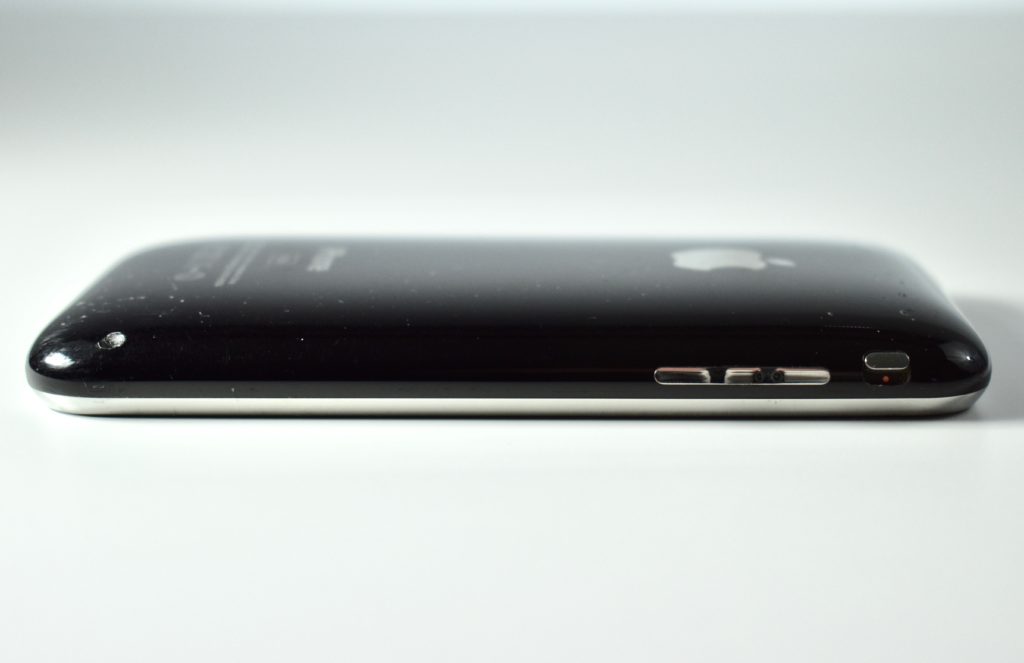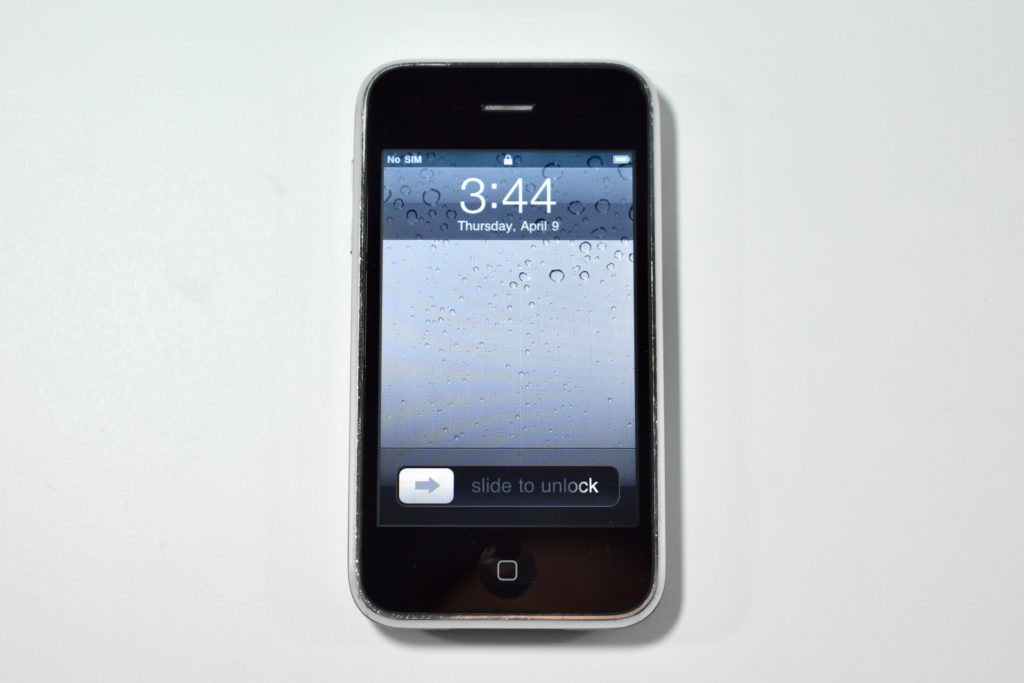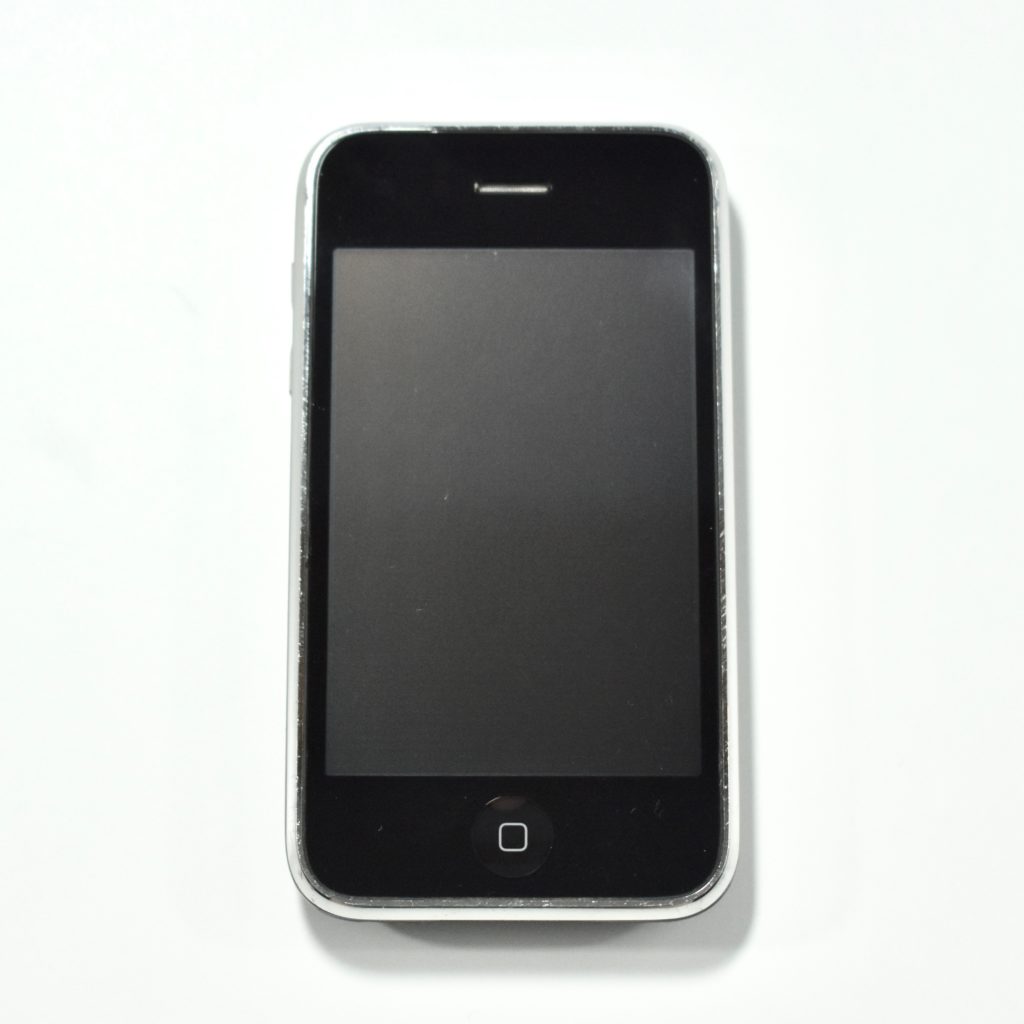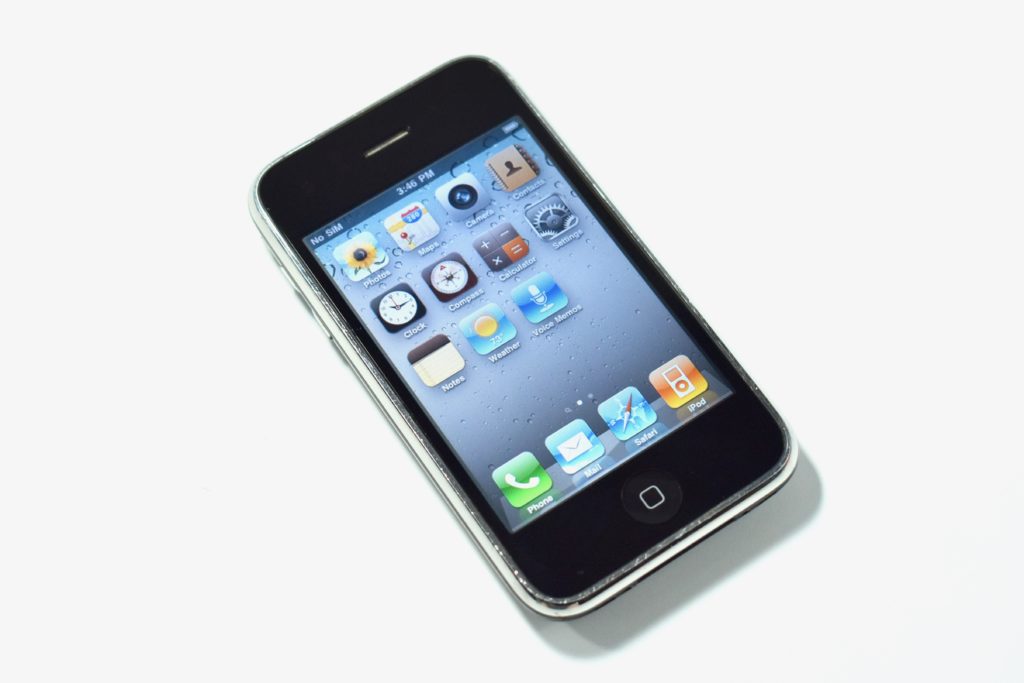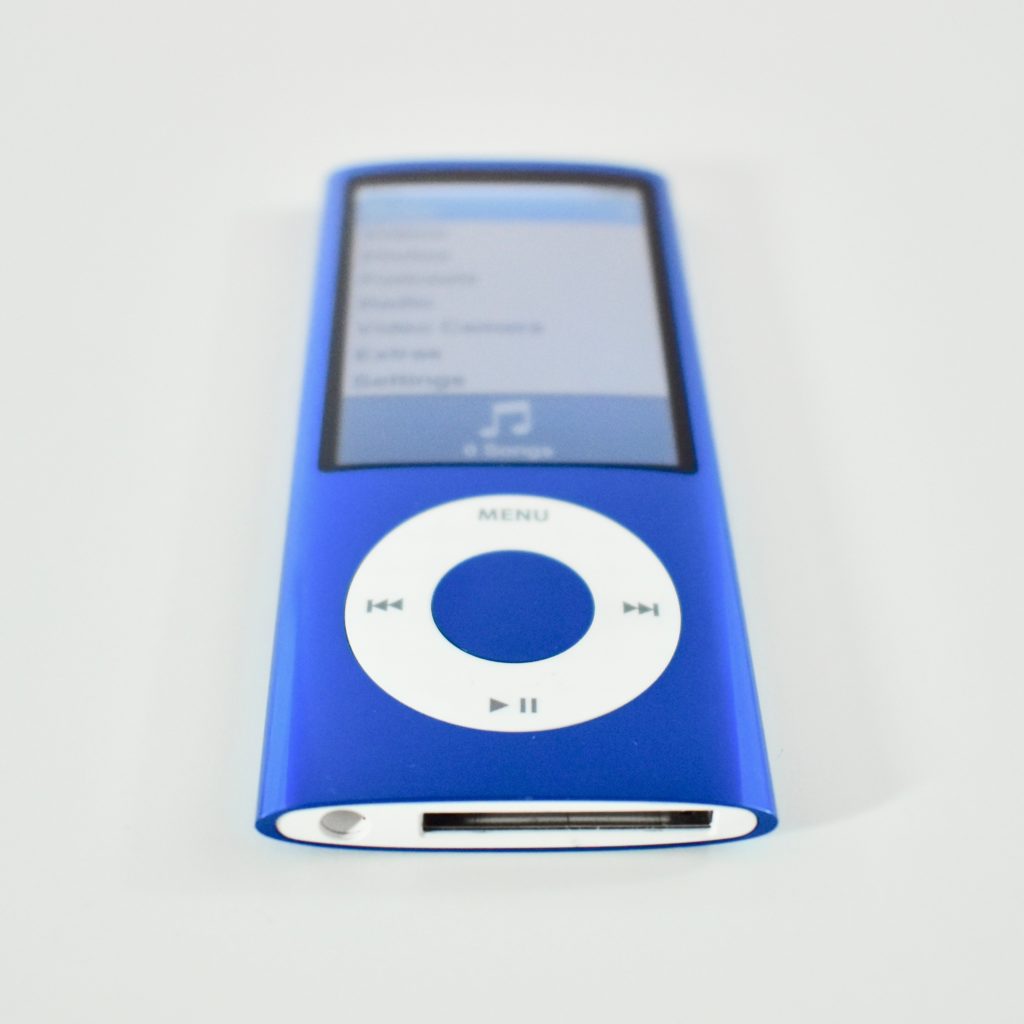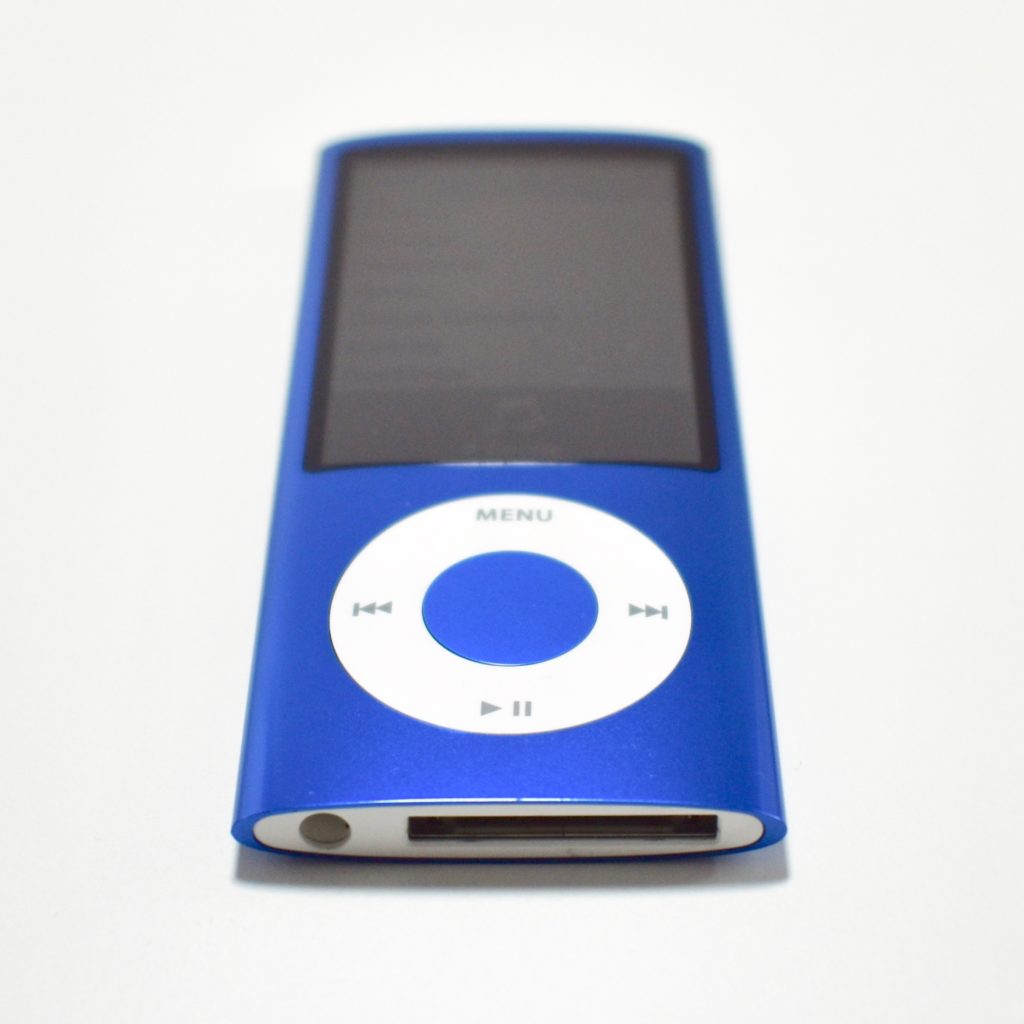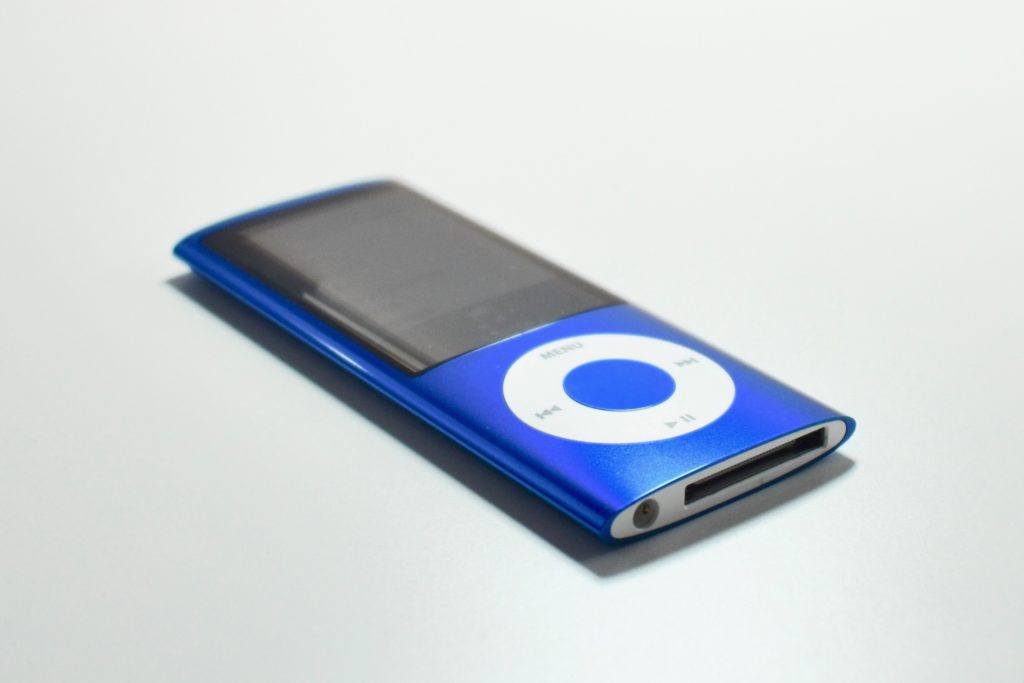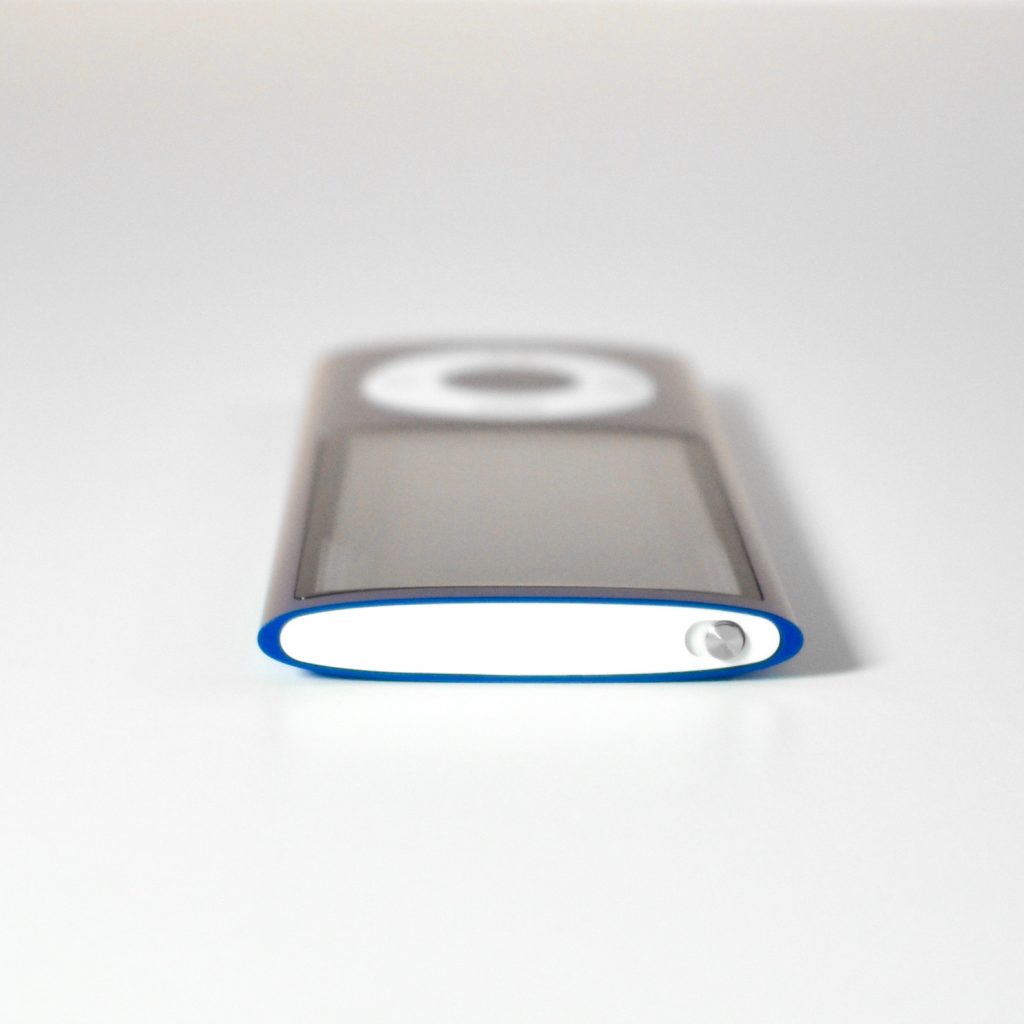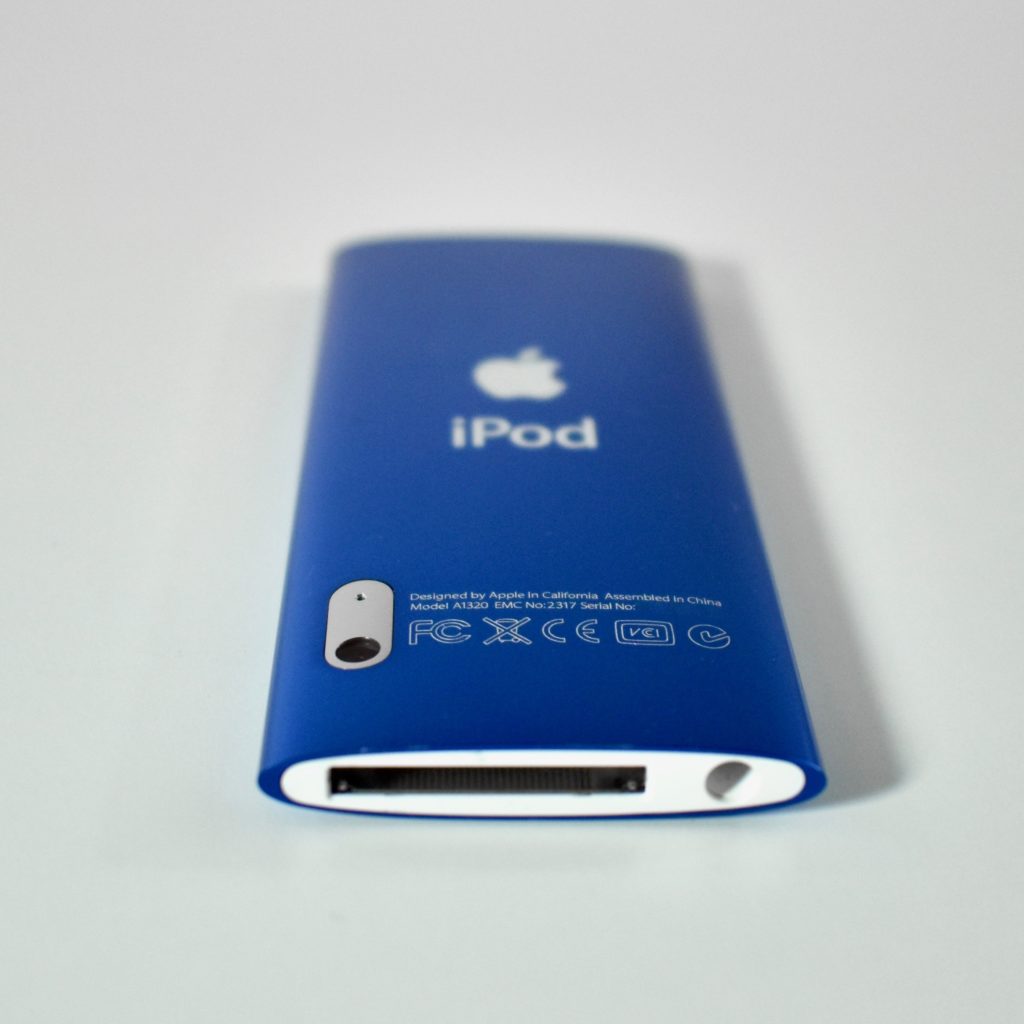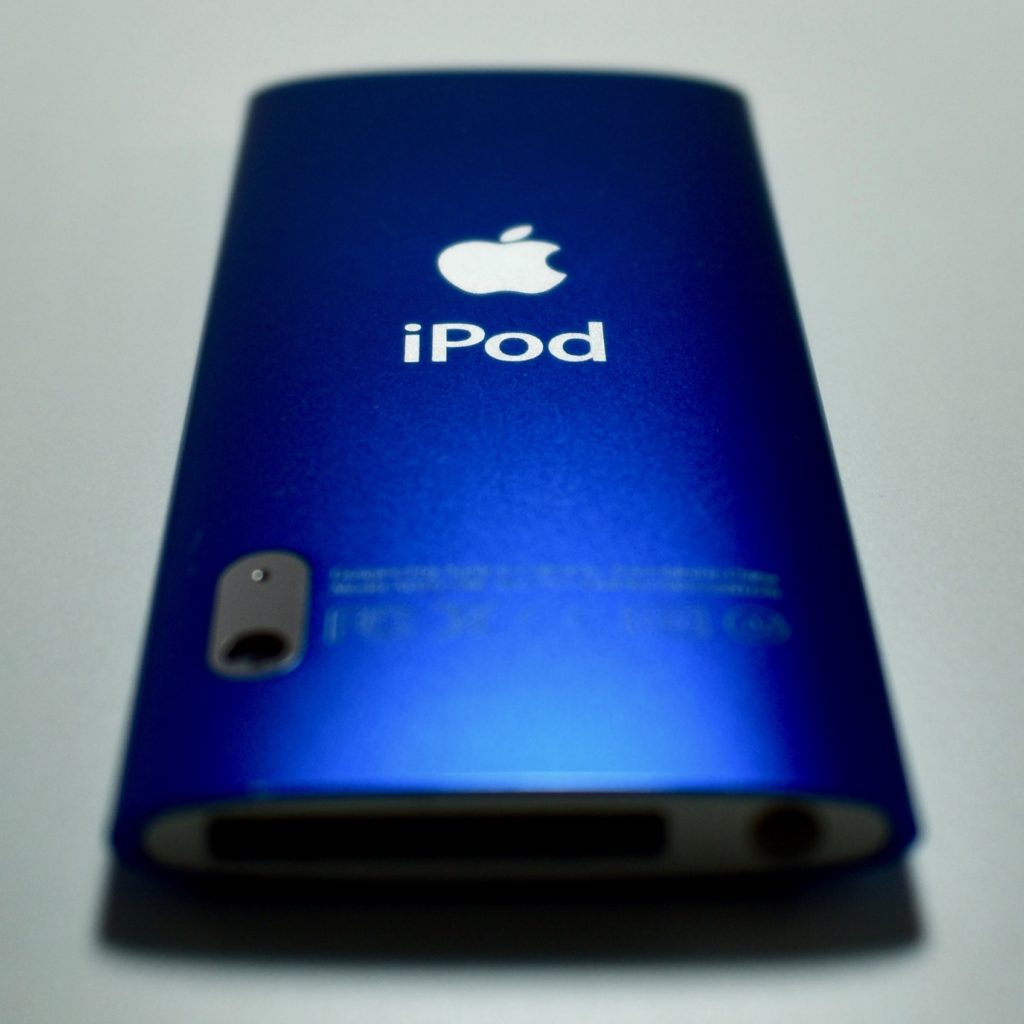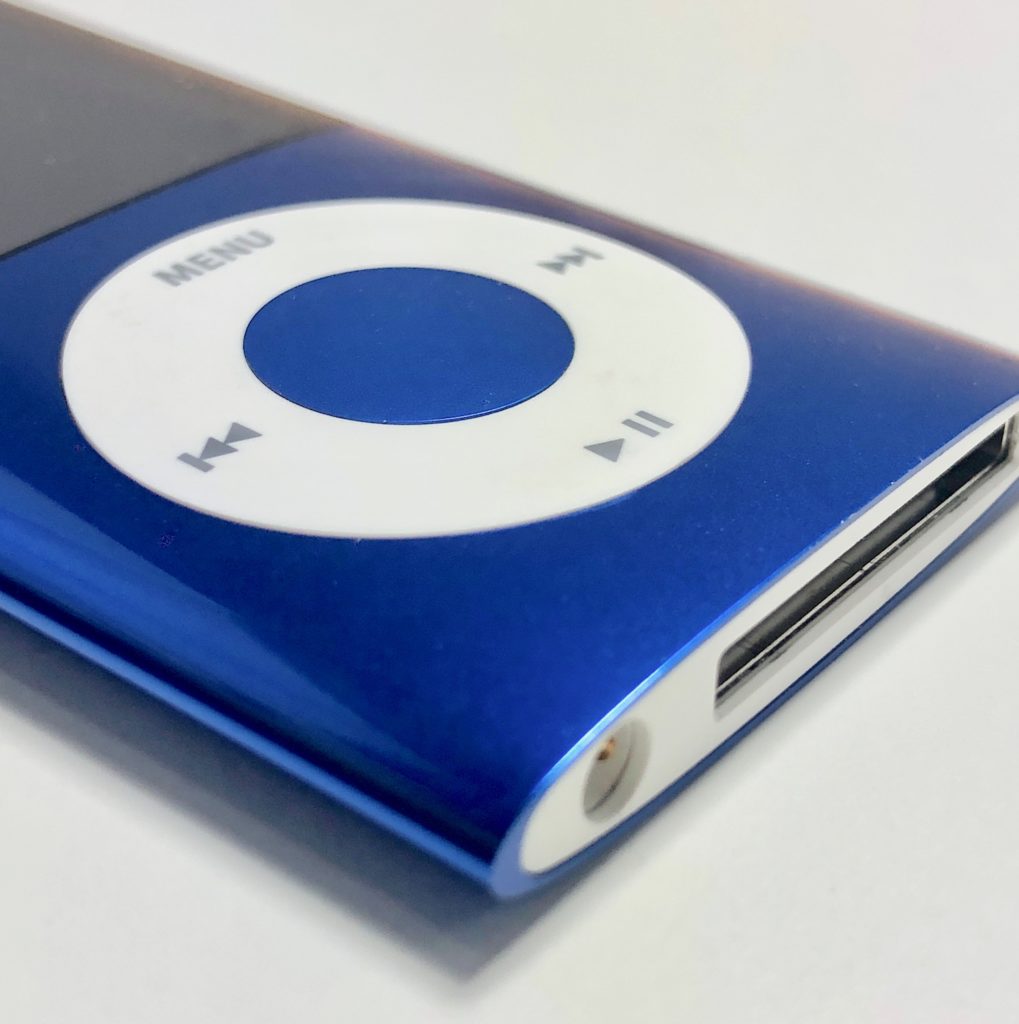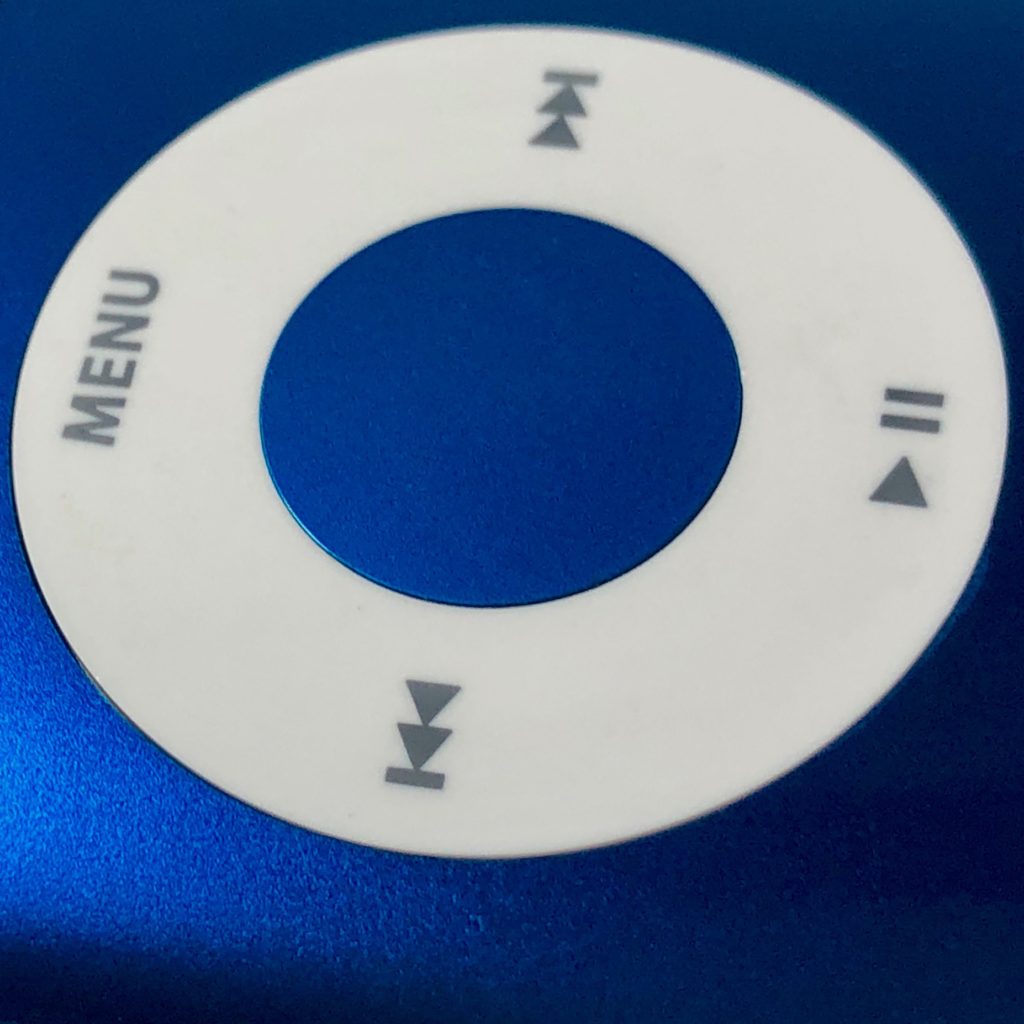iPhone 3GS looks nearly identical to the iPhone 3G that preceded it. The only visual difference is that the markings on the back of the phone are printed with a heavier weight font and a more reflective silver ink than the iPhone 3G.
The iPhone 3GS has many feature changes. The screen added a new “oleophobic” oil repellent coating. The “S” added to the name might refer to its increased speed: the processor increased from 412 MHz to 600 MHz, the onboard RAM doubled to 256MB, and the cellular network speed increased to 7.2 Mbps. The camera was also upgraded to 3.0 megapixel with VGA video recording at 30 FPS, as well as autofocus, macro, and white balance support, a tap to focus feature, and the ability to trim videos. The iPhone 3GS also added a compass.
Several new accessibility features were added, including VoiceOver, voice control, integrated Nike+iPod support, and an inline remote on the headphone cable, all features that had been previously added to iPod shuffle Generation 3.
Source: EveryMac.com
